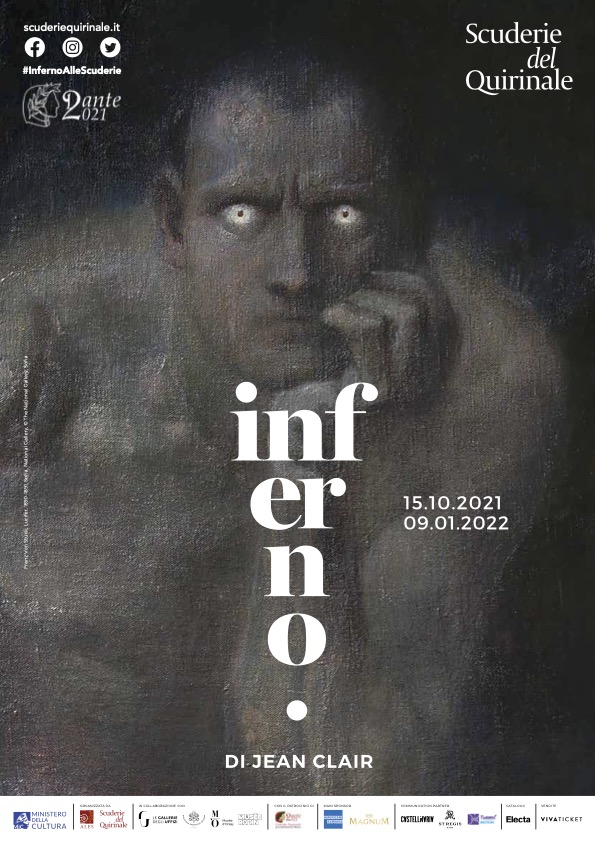Sir Thomas Lawrence, "Satan summoning his legions"
Sir Thomas Lawrence Satan summoning his legions, 1796–97 The Royal Academy of Arts, London
Sir Thomas Lawrence’s grandest history painting is dominated by a muscular male figure, naked apart from his sword, helmet and some carefully placed drapery. He is Satan, the rebel angel, who has been sent to Hell. Standing by a lake of fire, he summons his followers. The subject is Milton’s Paradise Lost, Book I, l. 330: “Awake, arise, or be for ever fallen”.
Considered by the artist as one of his greatest works, the painting attracted strong reactions, with both favour and criticism, even before it was finished. Lawrence’s Satan was seen at the time as being very close to, and even deliberately competitive with, some of the work of Henry Fuseli.
Critics suggested that Satan’s “heroic defiance of the Almighty could be taken as a model of resistance to a distant and arbitrary power. The author of Paradise Lost could be seen as a prophet of Revolution, who had foreseen its inevitable collapse into tyranny, or alternatively had witnessed its hard and painful progress before it could achieve its aims”.



